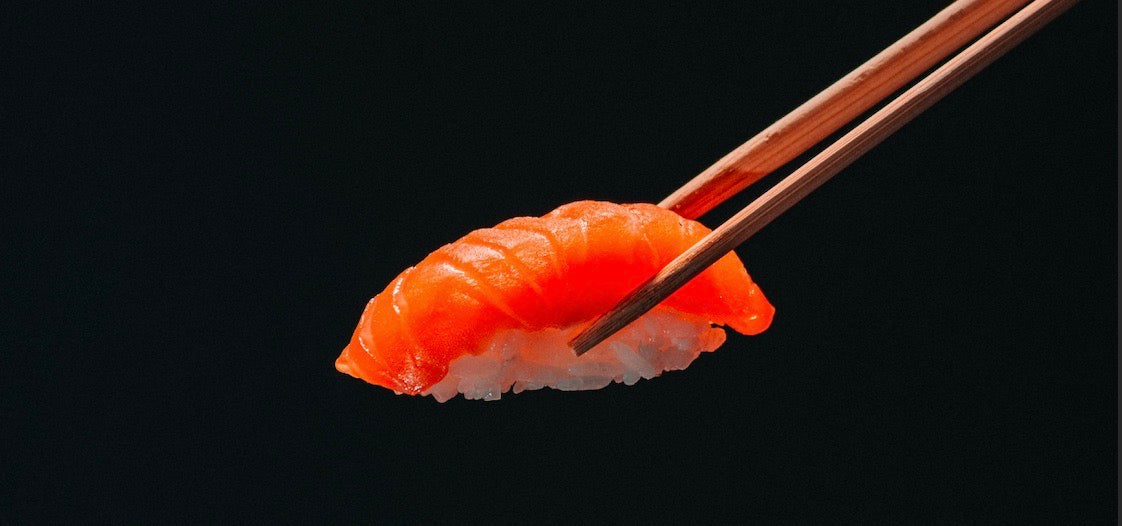What does Ayurveda think of Sushi!? Good question. It’s always fun to work out the qualities of a food or medicine not talked about in the original Ayurvedic texts. No surprises that sushi wasn’t mentioned, lols. The beauty of Ayurveda is that the qualities, flavours, origin of ingredients, and way its been processed paint a picture that Ayurveda can analyse.
Ayurvedic Analysis of Sushi
Sushi comes in many shapes and sizes. It is mostly made up of raw fish and sea dwelling creatures with rice, alongside condiments from the sea and land alike. The taste (rasa) of sushi in general is salty and astringent (lavana and kashaya rasa). The five elements take on it is that it is made up of air, water and earth elements. Looking at it like its a medicine, all food is medicine in Ayurveda after all: It nourishes the bone marrow and nervous tissue (majja dhat), bones (asthi dhatu), as well as the lymphatic system (rasa dhatu).Should you eat Sushi from an Ayurvedic perspective?
If you are fish eater, it is absolutely fine to eat sushi. It is nourishing on a number of levels, as I mention above. Plus, there are no wrong food combinations here. For as far as I know, traditional Japanese food does not make Ayurvedic food combination errors. It is nourishing for the body, lymph and bones particularly, it can also be packed with nutrients.Things to watch out for with Sushi
- It needs to be lovely and fresh, and from a reputable place. Did you ever read Kitchen Confidential by Anthony Bourdain? I always remember him saying: be wary of bargain sushi, and don’t eat fish on a Monday unless it’s in a five star restaurant that is getting fresh fish each day!
- Never mix it with dairy or milk. This is rule 101 in Ayurveda. Incompatible food mixing is called Viruddhahara. In short, our body can’t digest it properly. So it poisons us a little each time we do it: causing a build up of ama or toxicity, as well as potentially beginning to derange the dhatus (tissues). This all leads eventually to disease
- Eat it with the traditional Japanese condiments and side dishes, so you know you are not going to make any other samyoga viruddha (bad combos)... also side dishes like miso soup and sea vegetables are packed with nutrients and minerals that help promote the microbiome! Win win!
- I won't bang too loud a drum on this, but do try and make sure you are get your sushi from a place that supports sustainable fishing!
May you continue to continue your love affair with sushi!
Love, Selina
By Selina Van Orden

